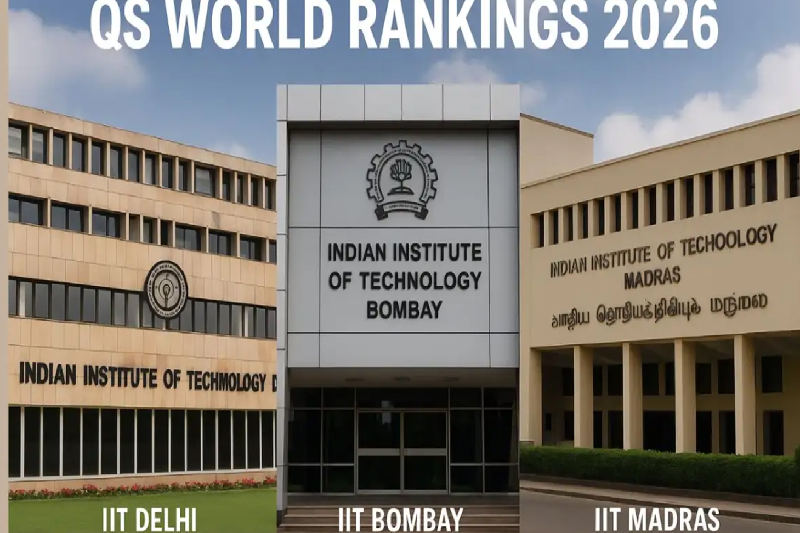
Indiana University Fires Student Media Director, Ends IDS Print Edition Amid Controversy
Indiana University has recently sparked widespread debate after terminating Jim Rodenbush, the director of student media, and announcing that the Indiana Daily Student (IDS) will cease its print edition. The university cited financial difficulties as the primary reason for these decisions, but the move has been met with backlash, with IDS editors alleging censorship—a claim firmly denied by the administration. While print editions have ended, the IDS will continue to operate digitally, marking a major shift in its publication strategy and raising questions about editorial independence and press freedom on campus.
Termination of Jim Rodenbush
On October 14, 2025, Indiana University terminated Jim Rodenbush from his role as director of student media. According to Rodenbush, his firing was directly linked to his refusal to comply with university directives that aimed to limit news content in the IDS print editions. “I was terminated because I was unwilling to censor student media. 100%,” he told the IndyStar, calling the university’s approach “blatant censorship.”
The decision came less than 24 hours before the announcement that the IDS print edition would end. University officials, however, maintain that Rodenbush’s termination was part of administrative restructuring tied to financial considerations and not about editorial content.
Financial Challenges and the End of Print
The administration has repeatedly pointed to financial constraints as the primary rationale for ending the IDS print edition. IDS has reportedly accumulated a deficit exceeding $500,000 over the past five years. Spokesperson Mark Bode stated that the university aims to prioritize digital media while addressing the publication’s financial sustainability.
Earlier this year, Indiana University’s Media School implemented a business plan that reduced the print frequency of IDS to seven editions per semester. Subsequently, leadership mandated that future print editions focus on special issues, such as homecoming and fall sports, effectively excluding traditional news stories.
Chancellor David Reingold clarified on October 15 that the decision is related to distribution methods, not editorial control, stating, “Indiana University Bloomington is firmly committed to the free expression and editorial independence of student media.” He emphasized that the focus on digital media reflects broader industry trends rather than an attempt to influence content.
Accusations of Censorship
Despite the university’s assurances, IDS editors, including co-editors-in-chief Mia Hilkowitz and Andrew Miller, publicly challenged the administration’s stance. Hilkowitz argued that using financial reasoning to justify restrictions on content is a dangerous precedent. She said, “The Media School thinks they can violate the First Amendment if it’s under a business decision. That’s a really, really dangerous thought process for administrators to have.”
Earlier, Rodenbush had resisted directives from Media School officials that explicitly instructed staff to exclude news stories from print editions. In a recorded meeting on September 25, Associate Dean Galen Clavio reportedly informed staff that decisions on print formatting were business-oriented, not editorial—an explanation Rodenbush and editors contested.
Legal Perspectives and Public Forum Doctrine
Legal experts have criticized the university’s approach. Mike Hiestand, senior legal counsel at the Student Press Law Center, clarified that financial challenges cannot justify editorial control. He noted that as a public university, IDS is protected under the Public Forum Doctrine, which prevents indirect censorship via funding or administrative decisions.
Hiestand stated, “The university’s attempt to control what goes into the paper constitutes blatant censorship. While cost-cutting for neutral reasons is permissible, forcing a student publication to alter its editorial content is unconstitutional.” His remarks highlight the legal complexity of balancing financial management and free speech rights within public institutions.
Impact on IDS Operations
Despite the controversy, IDS staff had already contracted advertisers and prepared print editions for the fall semester. Miller revealed that over three editions, the paper generated $11,000 in profit, underscoring that the publication was capable of generating revenue. Nevertheless, the print edition scheduled for October 16 was canceled following the administration’s announcement.
The IDS editorial team confirmed that they will continue publishing online, expanding digital reach through virtual editions. Hilkowitz and Miller stressed that the paper remains committed to reporting news accurately and maintaining reader engagement despite the absence of a print platform.
Industry Trends and University Strategy
The university’s decision to shift focus from print to digital mirrors broader industry trends in media consumption. Print newspapers across the world have seen declining readerships and rising costs, prompting many to adopt digital-first strategies. Indiana University cites these financial realities as a key factor in transitioning IDS to a fully digital publication.
However, critics argue that the timing of Rodenbush’s termination and the print cessation indicates a potential encroachment on editorial freedom, especially when paired with previous directives on content exclusion. The incident has ignited discussions on campus about press freedom, transparency, and governance in student media.
Future of Student Media at Indiana University
As IDS adapts to the new digital-only format, the university faces scrutiny from legal experts, students, and media watchdogs. The shift presents both challenges and opportunities:
- Challenges: Maintaining editorial independence, ensuring readership engagement, and managing financial sustainability.
- Opportunities: Expanding digital presence, utilizing multimedia platforms, and reaching a broader audience.
Editors Hilkowitz and Miller remain committed to continuing high-quality journalism, using virtual platforms to reach readers while preserving editorial integrity and independence.
Conclusion: Balancing Financial Reality with Free Expression
The events at Indiana University highlight the delicate balance between financial management and freedom of the press within educational institutions. While the shift to digital aligns with global media trends, concerns about editorial interference have sparked a larger debate about student rights, transparency, and constitutional protections.
As IDS continues reporting digitally, the situation remains dynamic, underscoring the need for clear policies that protect both financial sustainability and editorial independence. The university’s handling of this transition will likely serve as a reference point for other institutions navigating similar challenges in student media.


